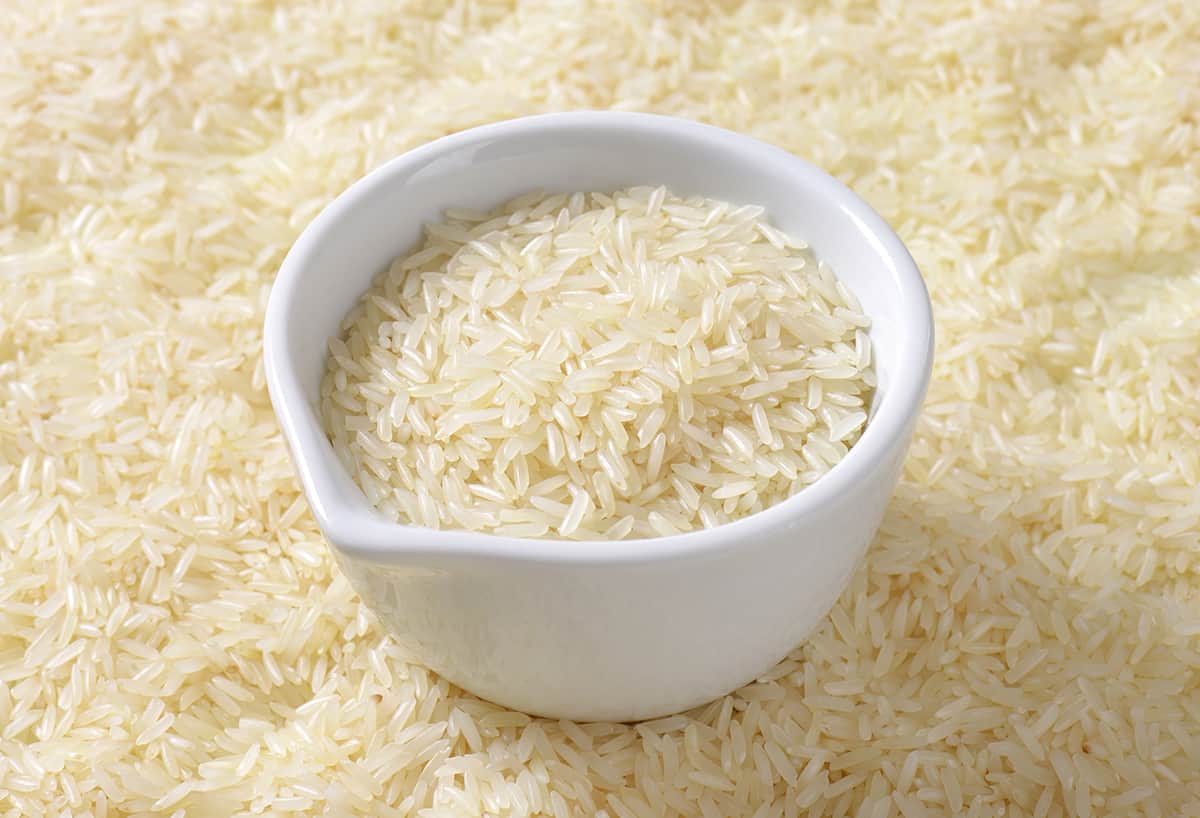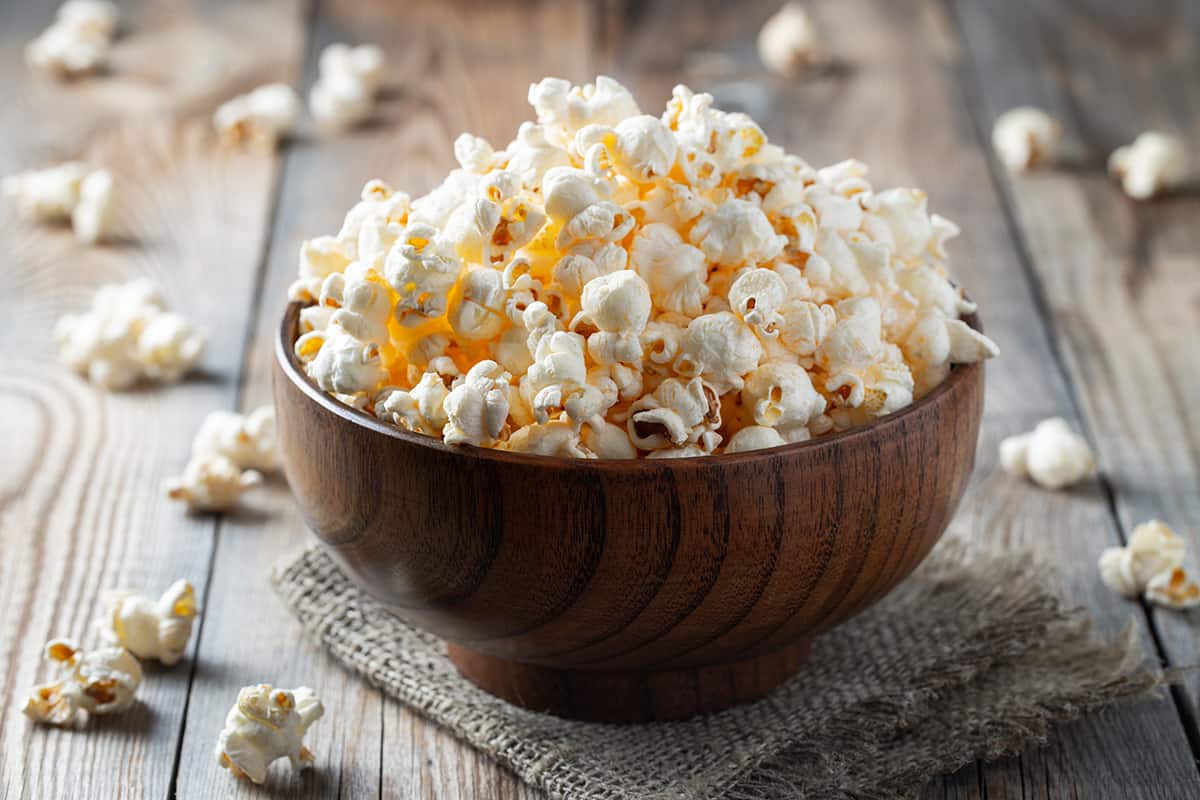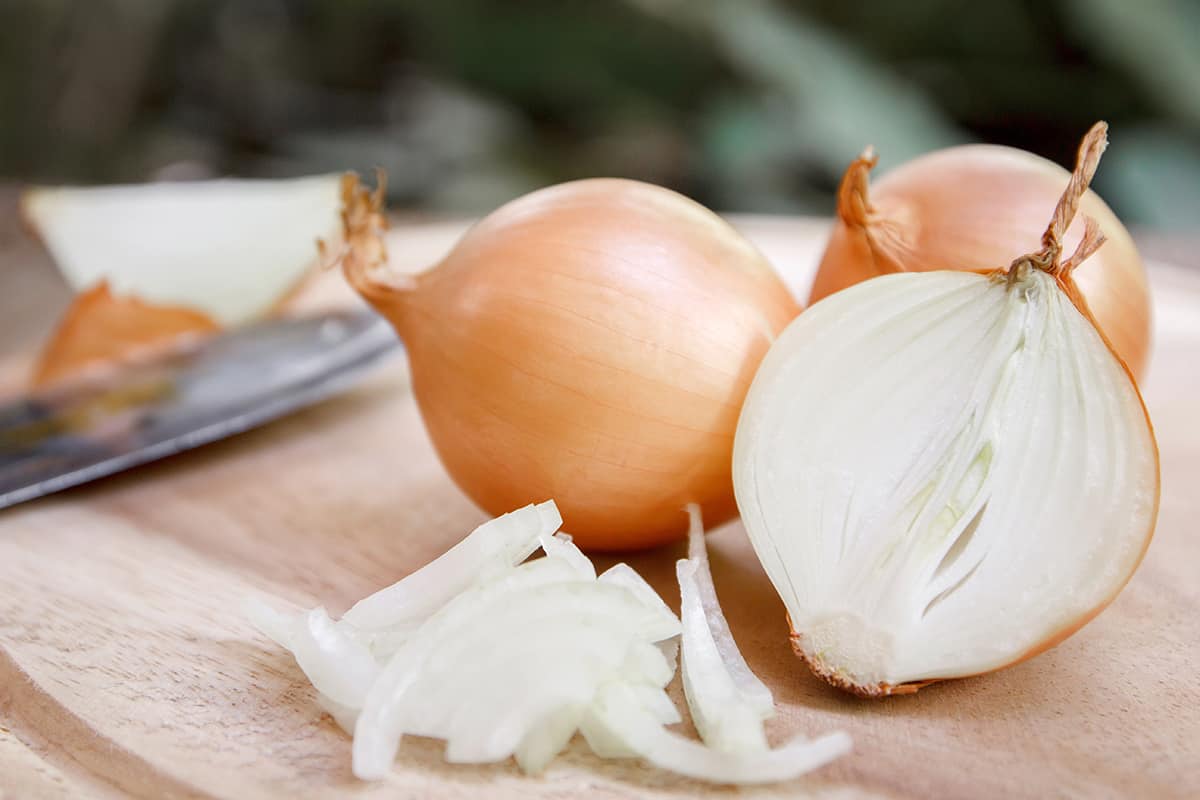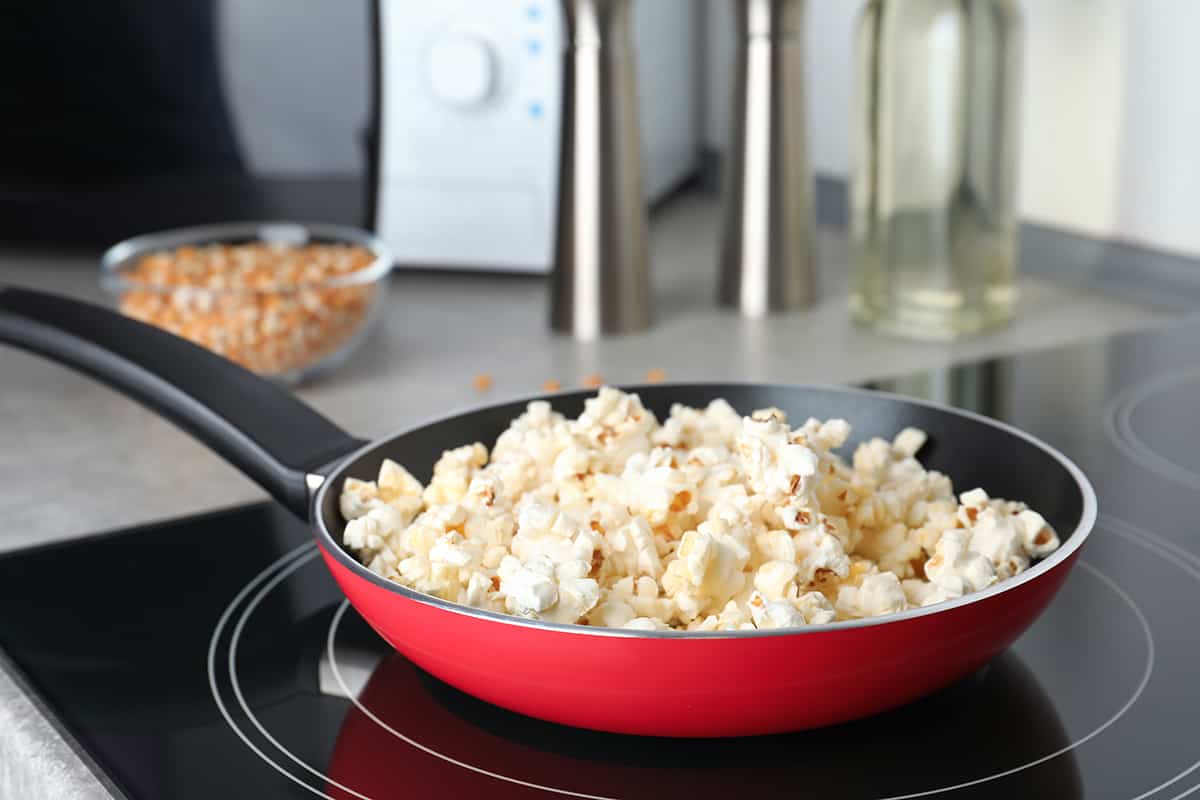Potatoes and onions are two of the most commonly used ingredients. While we use them almost daily, there’s a lot about these vegetables that we might not know. For instance, do you know how long potatoes and onions can last and whether or you can store them in the same container?
Unpeeled potatoes can last for up to 8 months in a dark, dry place with ideal ventilation, while onions are good for up to 3 months. However, you should never store them side by side.
So, what can you do to maximize the lifespan of your potatoes and onions? And why should you keep them separate? I’ll answer these questions and more in the following sections.
How Long Do Potatoes and Onions Last?
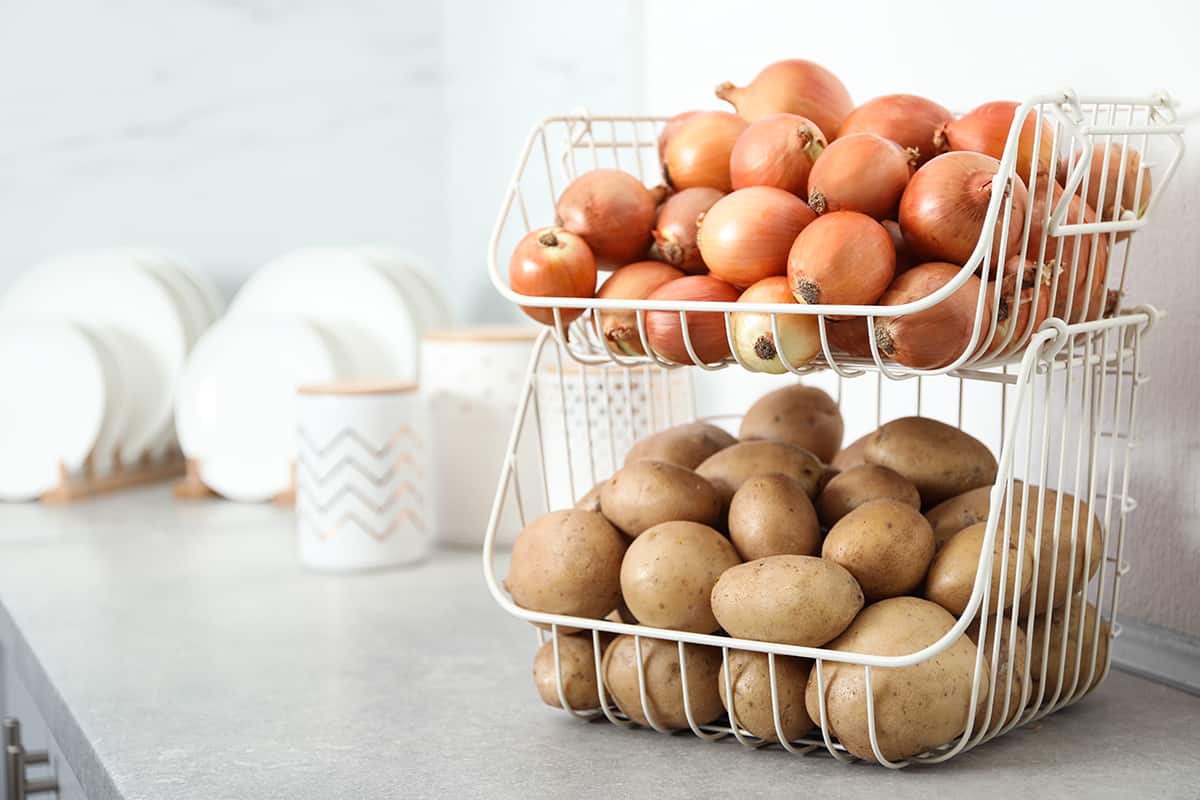
In very general terms and best conditions, potatoes can last up to 8 months, while onions remain fresh and edible for up to 3 months. However, how you prep the vegetables beforehand, as well as how you store them, will determine their lifespans. For instance, sliced potatoes stored in a humid place will reduce their lifespan to mere days.
So, let’s take a look at the lifespan of potatoes and vegetables depending on how they’re prepared and where you keep them.
Raw Potatoes and Onions
Uncooked, unpeeled potatoes and onions have the longest freshness periods. Raw potatoes can remain edible for up to 8 months when stored in cold, dry places, such as a root cellar or a pantry.
Peeled Potatoes and Onions
Without their skin, potatoes and onions are prone to oxidation. This happens when excessive amounts of oxygen permeate the vegetables’ outer layer, which can discolor their flesh. Oxidized potatoes will appear brownish in color, whereas the flesh of oxidized onions will shrink, and the layers of an onion will begin to separate.
Sliced/Cut Potatoes and Onions
Slicing a potato or onion will increase its surface area, which will then accelerate the oxidation process. As such, you should keep sliced or cut potatoes and onions in a bowl of water and keep the bowl at room temperature to prolong their freshness.
Cooked Potatoes and Onions
When you cook vegetables with other ingredients, you will have to consider how long those other ingredients will spoil. Even if you cook the potatoes and onions separately from everything else, they will deteriorate in quality and flavor much more quickly. Make sure you keep cooked potatoes and onions in airtight containers before tucking them away.
Table Summary
| Potatoes | Room Temp | Refrigerator | Pantry | Root Cellar |
| Raw | 2 months | 3 – 4 weeks | 4 months | 8 months |
| Peeled | 12 hours | 1 day | 1 day | 1 day |
| Cut/Sliced | 6 hours | 1 day | 24 hours | 24 hours |
| Cooked | 1 hour | 3 days | 12 hours | 12 hours |
| Onions | Room Temp | Refrigerator | Pantry | Root Cellar |
| Raw | 2 weeks | 1 week | 2 months | 3 months |
| Peeled | 12 hours | 2 days | 1 day | 1 day |
| Cut/Sliced | 2 hours | 12 hours | 2 hours | 2 hours |
| Cooked | 2 hours | 5 days | 2 hours | 2 hours |
Can Onions and Potatoes Be Stored Together?
Now, if you plan on keeping your vegetables together—perhaps to make use of limited storage space—there are certain veggies that aren’t friendly with each other. One perfect example of this is onions and potatoes.
Keeping the two vegetables together isn’t just a bad idea, but it can actually accelerate how quickly the potatoes will ripen and, therefore, expire.
Over time, onions will release ethylene gas. When the gas permeates the skin of the potato, the unpeeled flesh will begin to turn brown and soften.
The potato may remain edible for a couple of days after exposure to the gas, but after about a week, you’re better off tossing the potato and purchasing fresh ones.
Potatoes don’t make for the perfect roommates for onions, either. Even though onions have higher moisture content (89%) than potatoes (80%) on average, the moisture from your spuds may increase the humidity in your pantry or refrigerator. This will cause any onions in the vicinity to leak their fluids.
That said, if there is no way to keep your onions separate from your potatoes, the best thing you can do is keep both vegetables in separate airtight containers. That way, the gas from the onions will not affect the potatoes, and the moisture from the potatoes will not get on the onions.
Signs of Spoiled Potatoes and Onions
Despite our best efforts, there are always other variables that come into play that can cause our vegetables to spoil prematurely. So, before tossing your potatoes in a pot of boiling water or onions onto a skillet on high eat, you should make sure that they’re still fresh and edible.
Keep an eye out for the following signs that are indicative of spoiled potatoes and onions.
Signs of Spoiled Potatoes
No longer firm to the touch. Fresh—or at least edible—potatoes shouldn’t have any give when pressed with a thumb or spoon. If the potato’s flesh gives in to the slightest touch, you need to toss it out immediately.
Mushy. Leaving a potato for extended periods in the fridge or in humid spots in your home will cause it to absorb more moisture. When it does, the flesh will begin to feel mushy due to rot.
Blemishes. After peeling the potato, make sure there aren’t significant blemishes all over the flesh. A few bruise spots here and there is fine, but if there are more brown spots than yellow, you know it’s bad.
Non-earthy smell. Freshly harvested potatoes should smell like nothing with a hint of earthiness. If you catch a whiff of something foul or sour, the potato is past its prime.
Sprouts. Potatoes do not become completely inert after harvesting. All a potato needs to begin sprouting is moisture. If the potato begins growing unsightly green sprouts, remove them with a paring knife or throw the potato out altogether.
Signs of Spoiled Onions
Mold. Like any kind of food, leaving onions in humid parts of your home can cause mold to grow. Even if the mold has latched onto the onion’s papery skin, that’s a sign that the onion probably has more mold spores hiding within.
Changing of color. Not only should you look for fuzzy white, black, blue, or green spots, but you should also check whether or not the onion has begun changing in color. If it has, you need to toss it out and pick up a fresh onion at the market.
Foul smell. No fresh or edible vegetable should give off a nose-wrinkling odor. This is self-explanatory.
Soft spots. Excessive moisture will cause the onion’s flesh to disintegrate, leaving a soft, soupy mess that shoots out liquid when pressed.
Dry, separated layers. Even though separated onion layers aren’t a clear sign of rot, it’s a sign that the onion is no longer fresh.
Sprouts. Unlike potatoes, onions need light to sprout. If you notice long roots growing on the bottom of the onion, either toss it out or use it to start your own onion crop.

